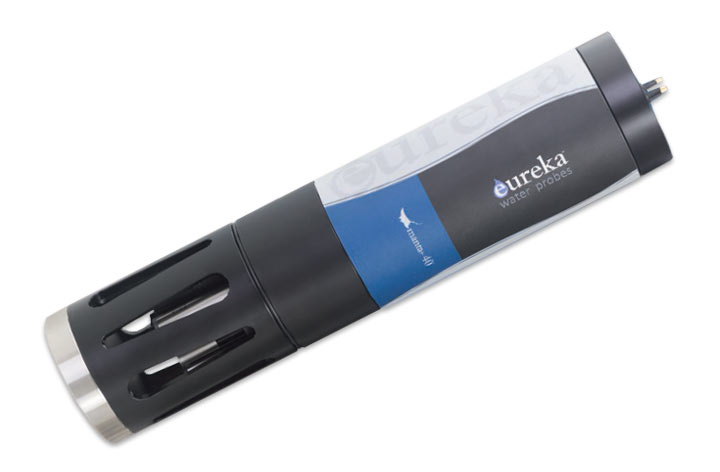Monitoring for Crude Oil contamination
Crude oil (hydrocarbons) or petroleum is found in the natural environment as either oil in water or dissolved oil in water. Its chemical structure is primarily made up of 6-sided aromatic carbon rings. Due to crude oil being highly fluorescent, it can be easily detected using modern day fluorescent techniques.
Industrial processes and man induced activities often result in the increased loading of hydrocarbons in water. The water naturally tries to decompose the hydrocarbons but can become overwhelmed resulting in drastic affects on the environment. The oil can adhere to aquatic wildlife destroying algae and plankton as well as affecting the respiration of fish. The micro organisms needed for plant nutrition is redirected to the hydrocarbon resulting in the reproduction of plant wildlife being affected. If hydrocarbon is present in the water, it is often visible from speckled sheens on the surface of the water.







